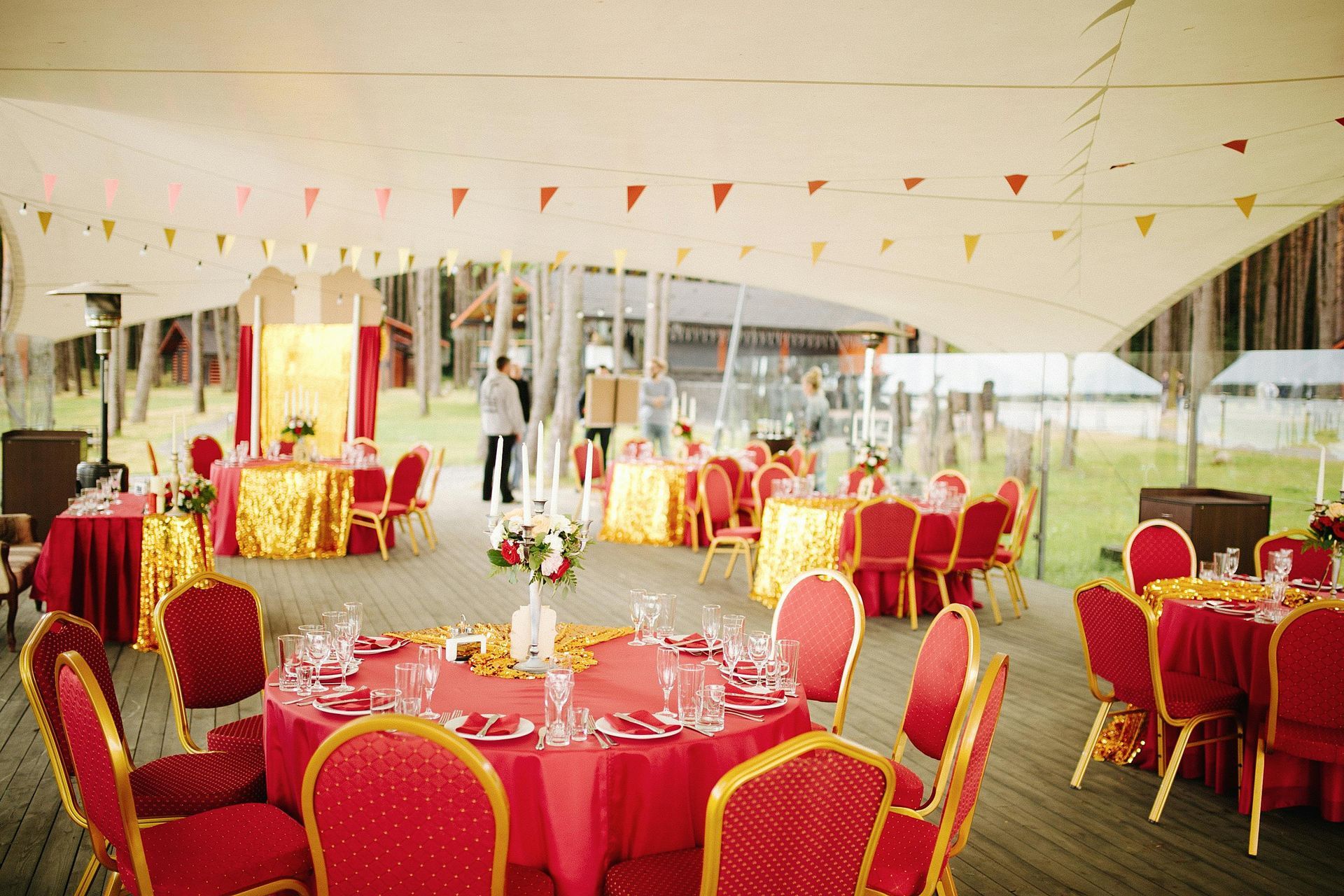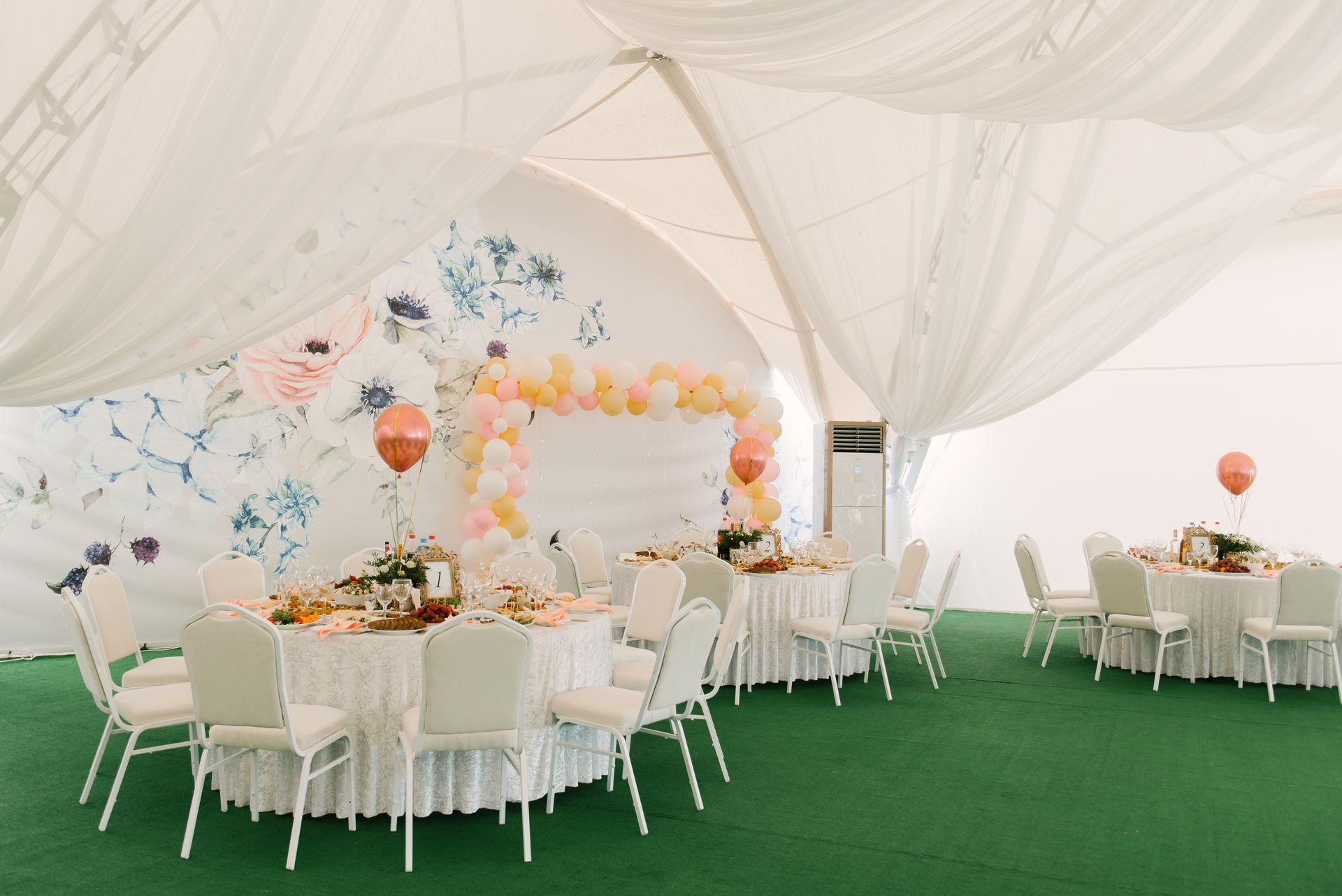Simple Programs That Build College Dorm Communities
Creating Connection Through Simple Dorm Program
For many students, college is the first time they live away from home. Residence halls play a critical role in shaping that transition. A well-run hall can become more than just a corridor of rooms; it can feel like a supportive community where friendships and belonging take root.
Hall coordinators, resident directors, and assistant hall directors often face the challenge of fostering this environment with limited budgets and staff time. The good news? Building strong community doesn’t always require elaborate events. With intentional, easy-to-replicate programs, staff can create lasting connections that turn dorm halls into welcoming homes.
Everyday Interactions that Build Belonging
Small gestures often have the biggest impact. A simple handwritten welcome note, a knock on the door to introduce oneself, or a brief hallway conversation can make new residents feel valued from the start. RAs can extend this by encouraging casual peer-to-peer interactions like open door hours or “coffee chats” in the lounge. These approaches don’t require special funding or planning but set the stage for authentic relationships. Over time, these interactions cultivate an atmosphere where students see their hall as more than just a place to sleep. They see it as their community.
Shared Food, Fun, and Creative Projects
Food remains one of the most powerful ways to bring people together. Pancake breakfasts, popcorn socials, or hot cocoa bars during finals are low-cost ways to create connection. Pairing food with casual activities, like board games or movie nights, helps students engage naturally. For residents who enjoy contributing creatively, hall-wide projects such as mural painting, collaborative art, or gratitude walls give them a chance to shape the identity of their space. These programs encourage pride and ownership, transforming anonymous dorm corridors into welcoming environments that reflect the students who live there.
Partnerships that Expand Possibilities
Residence life staff don’t have to carry the weight of programming alone. By partnering with campus wellness centers, cultural organizations, or academic support offices, halls can offer richer experiences without additional costs. A wellness workshop, cultural celebration, or tutoring night led by a campus partner adds variety and value while connecting students with resources beyond their dorm walls. These collaborations not only build community inside the hall but also help residents see themselves as part of the larger campus network. This dual sense of connection to both hallmates and the wider university is what ultimately creates belonging.
How to build community in a residence hall?
Focus on consistent, low-stress activities like shared meals, group projects, and inclusive gatherings that allow students to connect naturally.
What is a residence hall program?
It’s any organized activity or initiative designed by residence life staff to build community, provide support, and enhance student well-being in the dorms.
How to promote inclusivity as an RA?
Offer diverse program options, listen actively to residents’ needs, and create safe spaces where all voices are respected.
How to foster an inclusive community?
Encourage collaboration, celebrate cultural differences, and design programs that reflect the interests of the entire hall community.







